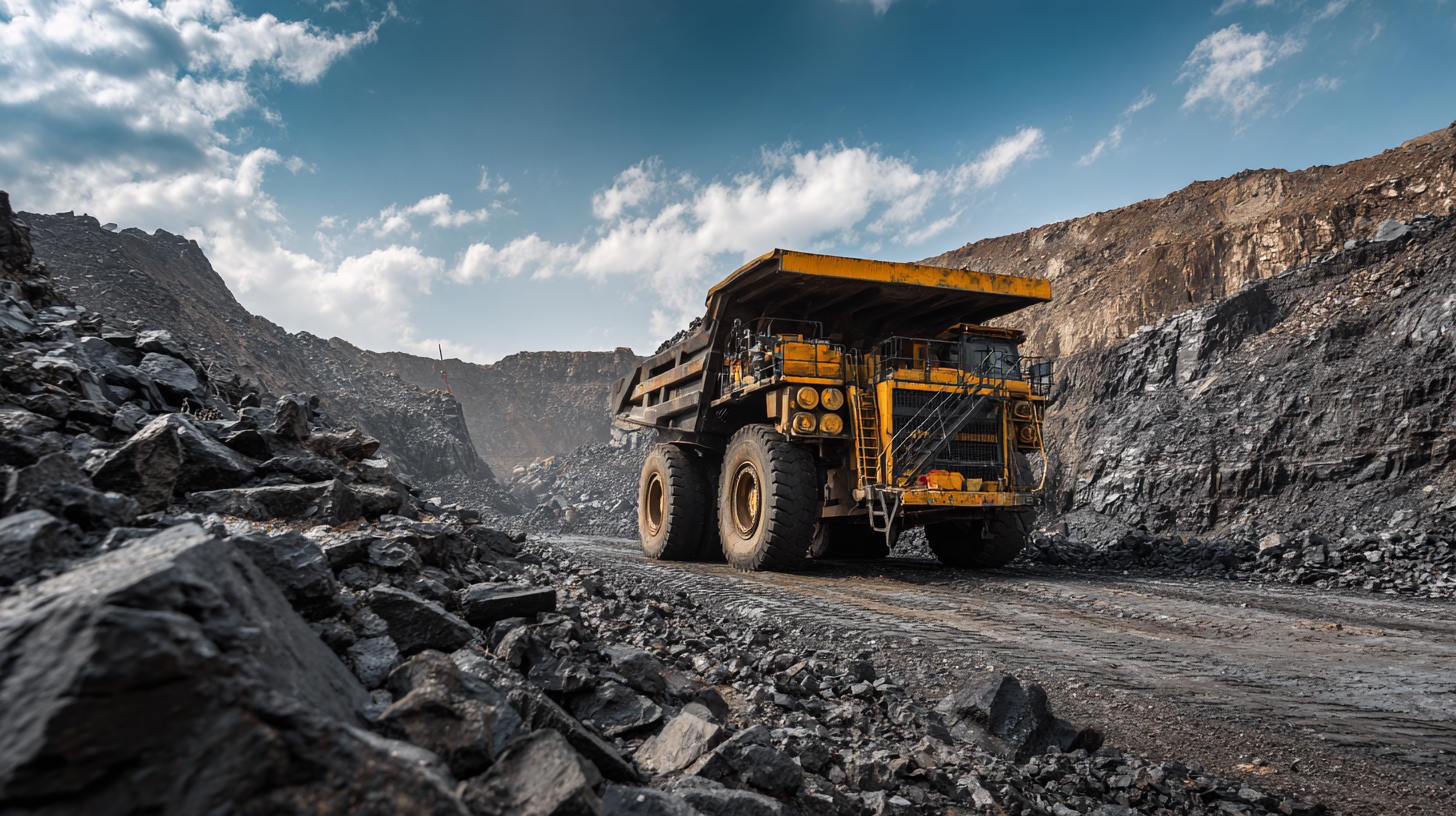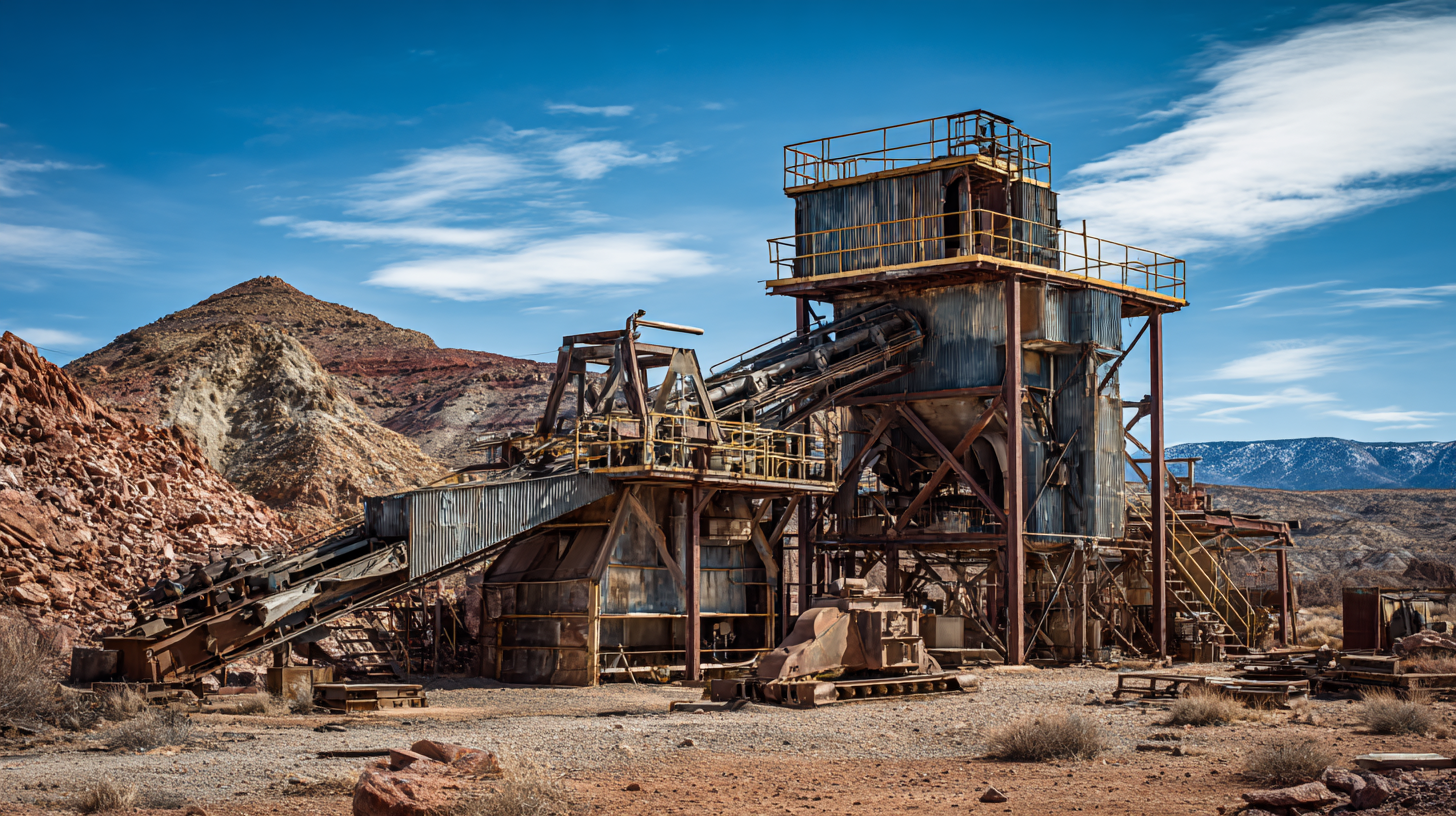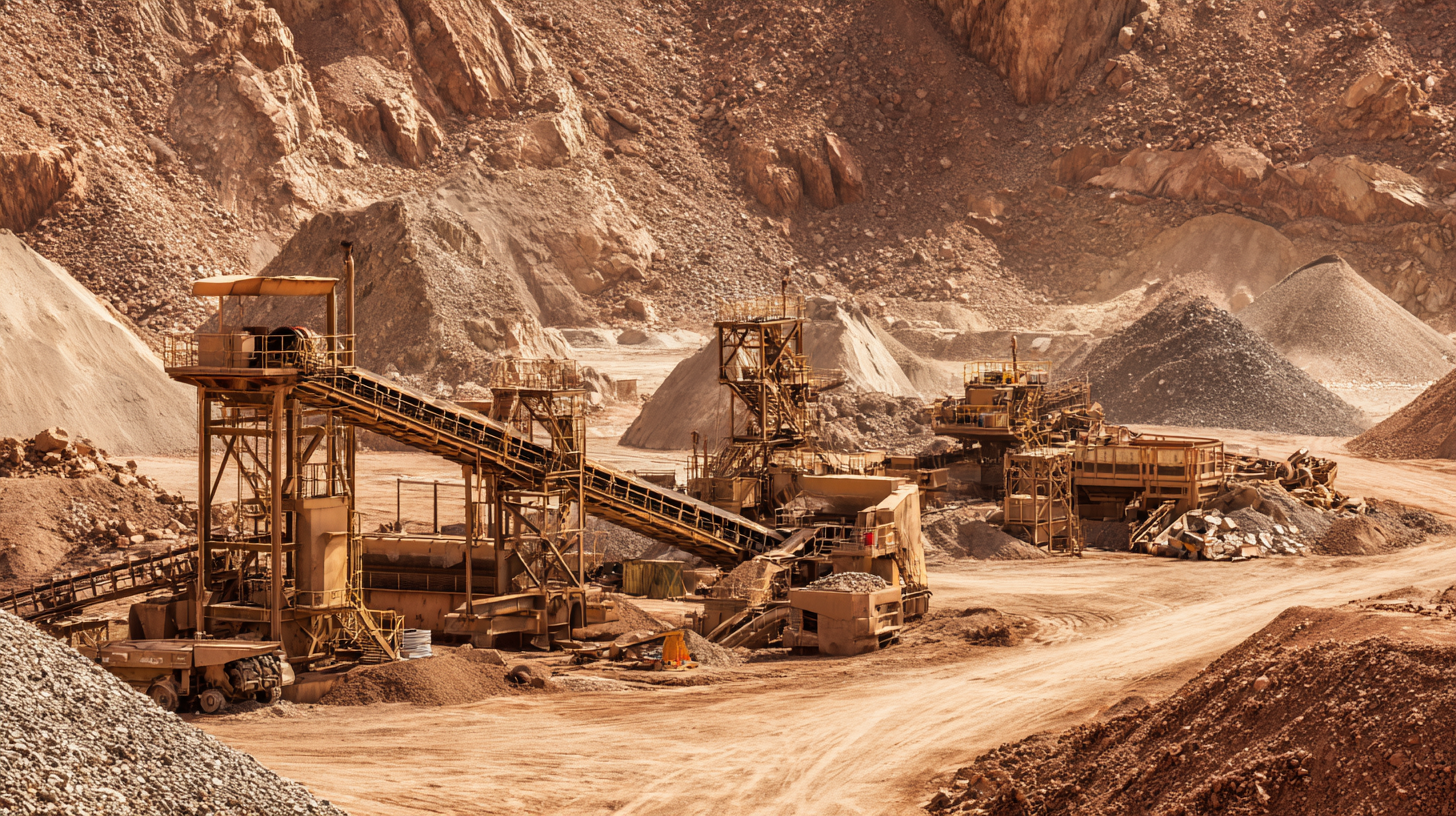
-
Home
-
About Us
-
Products
-
News
-
Blog
-
Contact Us
Leave Your Message

In the ever-evolving landscape of mining operations, the selection of the right equipment is pivotal for optimizing productivity and ensuring operational efficiency. Among the critical components in a mining setup, the Mining Jaw Crusher plays a significant role in the initial phase of material processing. According to a report from Grand View Research, the global mining equipment market size was valued at USD 121.69 billion in 2022 and is expected to expand at a compound annual growth rate (CAGR) of 12.3% from 2023 to 2030, highlighting the increasing demand for effective crushing solutions. Selecting the best Mining Jaw Crusher tailored to specific requirements can significantly impact the crushing efficiency and the overall cost-effectiveness of mining operations. Therefore, understanding the various types, capacities, and technological advancements in jaw crushers is essential for mining professionals aiming to optimize their operations.

When selecting the best mining jaw crusher for your needs, understanding the various types of crushers available on the market is crucial. Jaw crushers are primarily classified into two types: single-toggle and double-toggle. Single-toggle jaw crushers are known for their simplicity and are typically employed in the primary crushing of hard materials. Their design allows for a straightforward operating mechanism, making them easier to maintain. In contrast, double-toggle jaw crushers are more complex and are often used in applications requiring higher crushing forces. They are particularly advantageous for processing tougher minerals and ores, delivering a greater reduction ratio.
The applications of mining jaw crushers also vary significantly. For instance, primary jaw crushers are often used in quarrying and mining operations to break down large rocks into manageable sizes, suitable for further processing. Meanwhile, secondary jaw crushers may follow primary crushers in the crushing circuit, handling smaller material sizes and refining them for the next stages. Understanding these distinctions will allow operators to choose the right jaw crusher for their specific requirements, ensuring optimal efficiency and productivity in their mining operations.
This bar chart compares the crushing capacity of different types of mining jaw crushers. Understanding the specifications can help you select the most suitable option for your requirements.
When selecting a mining jaw crusher, it's essential to evaluate key features that align with your specific requirements. One of the most critical aspects to consider is the size of the feed opening. A larger feed opening allows the crusher to accept larger chunks of material, which can enhance productivity and reduce A downtime. Moreover, the crushing ratio is crucial; a higher ratio ensures more efficient processing, allowing for greater output and savings in operational costs.
Another vital feature to assess is the construction material of the jaw plates. High-quality materials enhance durability and reduce wear during operations, minimizing the frequency of replacements. Additionally, consider the crusher's maintenance needs; a design that facilitates easy access to components can streamline upkeep, resulting in increased productivity. Lastly, evaluate the motor power and energy consumption efficiency, especially in industries such as alumina production, where energy costs can significantly impact the bottom line. By comprehensively assessing these factors, you can select the most suitable jaw crusher that meets your operational demands.

When selecting the best mining jaw crusher, evaluating performance metrics such as efficiency, durability, and throughput becomes crucial. Efficiency is often measured by the energy consumption versus the output produced. According to a recent report by the International Journal of Mining Science and Technology, modern jaw crushers can achieve energy efficiency levels of up to 90%, significantly reducing operational costs. This indicates that choosing a crusher with high efficiency not only enhances productivity but also contributes to lower electricity expenses over time.
Durability is another key performance metric, as mining environments can be particularly harsh. The lifespan of a jaw crusher is often contingent on the materials used in its construction. Industry data suggests that high-quality steel and advanced alloy materials can extend the lifespan of a jaw crusher by 30% or more compared to standard models. This is essential for minimizing downtime and ensuring continuous operation. Furthermore, throughput—the amount of material processed over a given timeframe—should also be prioritized. Reported throughput rates for high-performance jaw crushers often exceed 1,200 tons per hour, providing a competitive edge in material handling efficiency in large mining operations.

When selecting a jaw crusher for mining applications, it's essential to consider alternative designs that cater to specialized tasks. For instance,
horizontal shaft impact crushers (HSIs) can outperform traditional jaw crushers in crushing softer materials due to their higher crushing ratios and better material reduction capabilities.
According to a recent report by the Mining Equipment Market Analysis, HSIs accounted for over 25% of the global mineral processing market share in 2022, showcasing their growing importance in specific mining setups.
Tip: Always evaluate the material characteristics before choosing your crusher. Factors such as moisture content, hardness, and the desired product size will influence the efficiency of the crusher type you opt for.
In addition, cone crushers are an excellent option for secondary crushing stages, where producing a finely crushed product is critical. Their design allows for better size control and less operational downtime. Furthermore,
the Aggregate and Mining Equipment Report suggests that with the right maintenance, cone crushers can achieve a lifespan exceeding 20 years, making them a cost-effective choice for long-term mining projects.
Tip: Regular maintenance and proper feed size are crucial for maximizing the lifespan and efficiency of your mining crusher. Implementing a preventive maintenance schedule can drastically reduce repair costs over time.
When selecting a jaw crusher for mining operations, it’s essential to conduct a comprehensive cost analysis that balances both price and performance. Recent industry reports indicate that the crushers market is projected to reach USD 3.4 billion by 2032, driven by a compound annual growth rate (CAGR) of 5.60% from its valuation in 2023.
This indicates a significant investment opportunity for companies aiming to optimize their crushing operations.
In this context, the right choice of jaw crusher can lead to substantial operational efficiency and cost savings. A well-selected crusher not only enhances productivity but also minimizes maintenance costs. Additionally, operations must not overlook the importance of screen media selection, as it plays a vital role in maximizing throughput and efficiency. By aligning these critical components, businesses can ensure they are making informed decisions that support their long-term operational goals while adhering to budget constraints.